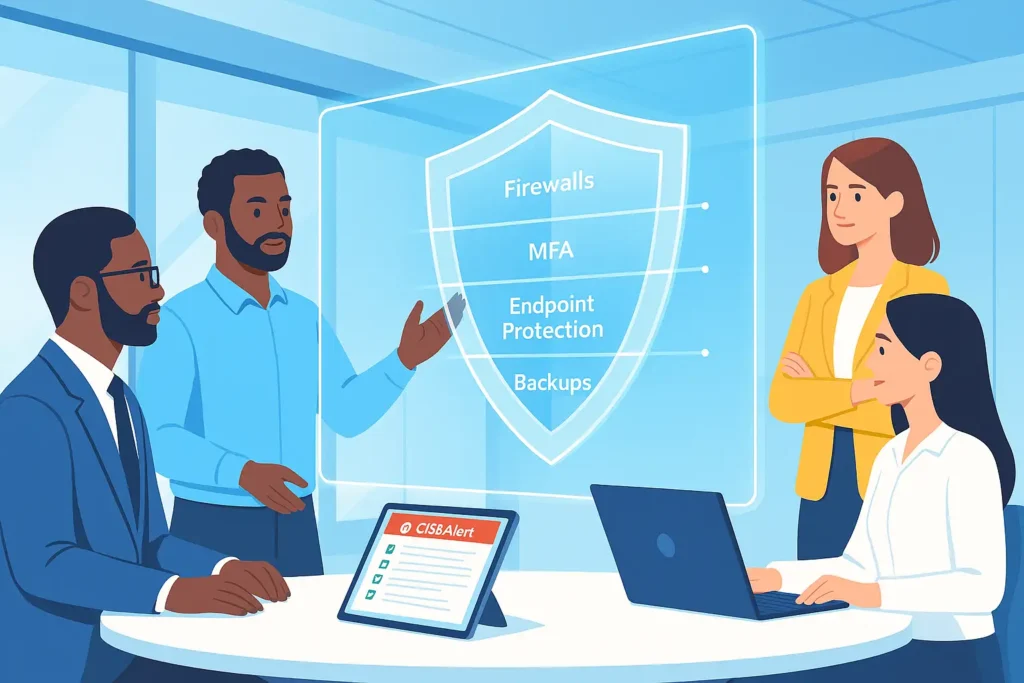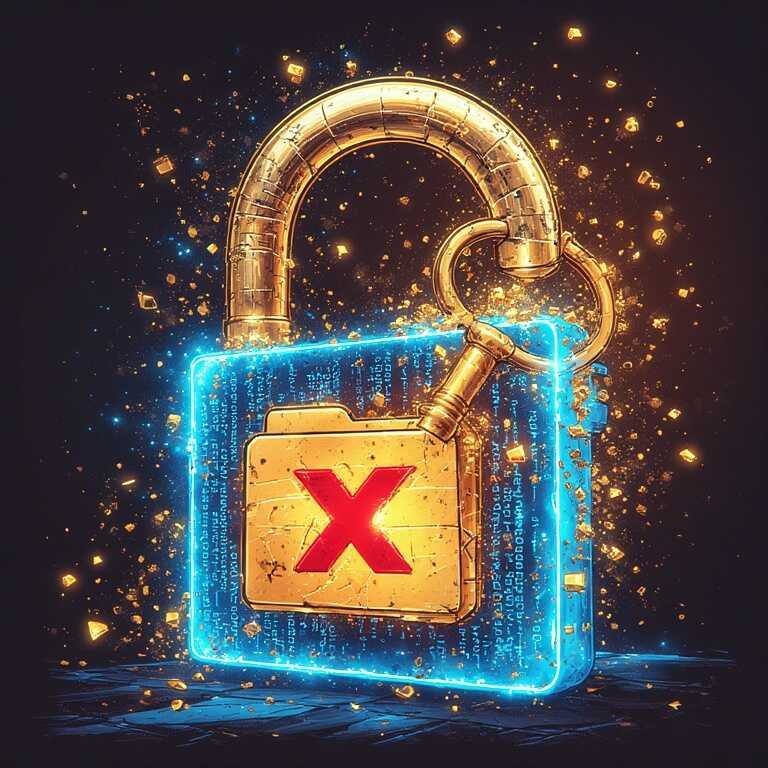Breaking: Cyber threats evolve fast. New advisories signal rising attacks on small and mid-sized networks. Therefore, IT teams must build a foundational security posture now. This guide covers essential practices, common vulnerabilities, and immediate steps to reduce risk.

Understand the Current Threat Landscape
Cyberattacks hit over 60% of small businesses in 2024. Ransomware remains a top concern. Therefore, teams should monitor CVE disclosures and vendor advisories weekly. Advisories from CISA and NIST offer critical updates.
Core Cybersecurity Defenses
Every IT environment needs layered protections. Start with these basics:
- Firewalls and Network Segmentation
Segment networks to limit breach spread. Over 30% of incidents move laterally through flat networks. - Endpoint Protection
Deploy anti-malware tools on all devices. Ensure real-time scanning and regular signature updates. - Multi-Factor Authentication (MFA)
Enable MFA for all remote access and admin accounts. This blocks over 99% of account takeover attempts. - Regular Backups
Maintain offline backups. Test restoration procedures quarterly.
Vulnerability Management and Patching
Unpatched software causes 40% of breaches. Establish a patch management policy:
- Prioritize critical CVEs like remote code execution flaws.
- Patch public-facing systems within 48 hours of advisory release.
- Use automated tools to scan for vulnerabilities weekly.
Access Control and Least Privilege
Limit user permissions to only necessary resources. Over 50% of insider incidents result from excessive privileges. Implement role-based access controls (RBAC) and review access logs monthly.
Incident Response Planning
Prepare for breaches with a clear response plan:
- Identify and isolate affected systems.
- Notify stakeholders and legal teams if required.
- Engage incident response services for complex attacks.
Practice tabletop exercises annually. Update plans based on new threats.
Security Awareness Training
Phishing causes 90% of initial breaches. Train staff to recognize suspicious emails. Conduct simulated phishing tests quarterly. Reward employees who report potential threats.
Monitoring and Logging
Centralize logs from all systems. Use SIEM tools to detect anomalies. Review logs for failed login attempts and unusual network activity. Early warning signs often appear in logs days before major incidents.
Conclusion: Build a Culture of Security
Cybersecurity is ongoing. Stay updated with advisories from CISA, NIST, and vendors. Apply patches promptly. Review exposure in your environment regularly. Subscribe to security advisories for breaking news.
FAQ
What are the most common cybersecurity threats?
Ransomware, phishing, and unpatched software vulnerabilities are top threats. Over 60% of attacks start with phishing emails.
How often should we update our software?
Patch critical vulnerabilities within 48 hours. For other updates, follow a regular monthly cycle.
Why is multi-factor authentication (MFA) important?
MFA blocks nearly all automated login attacks. It adds a layer of security beyond passwords, which are often weak or stolen.
What should we do if we experience a breach?
Isolate affected systems, preserve evidence, and follow your incident response plan. Engage legal and cybersecurity experts immediately.
How can small teams manage cybersecurity with limited resources?
Focus on basics: enable MFA, maintain backups, patch promptly, and train staff. Use free tools from CISA for vulnerability scanning.
Where can we find reliable cybersecurity advisories?
Monitor CISA, NIST, and vendor security portals. Subscribe to alerts for real-time updates on new threats.
No post found!

